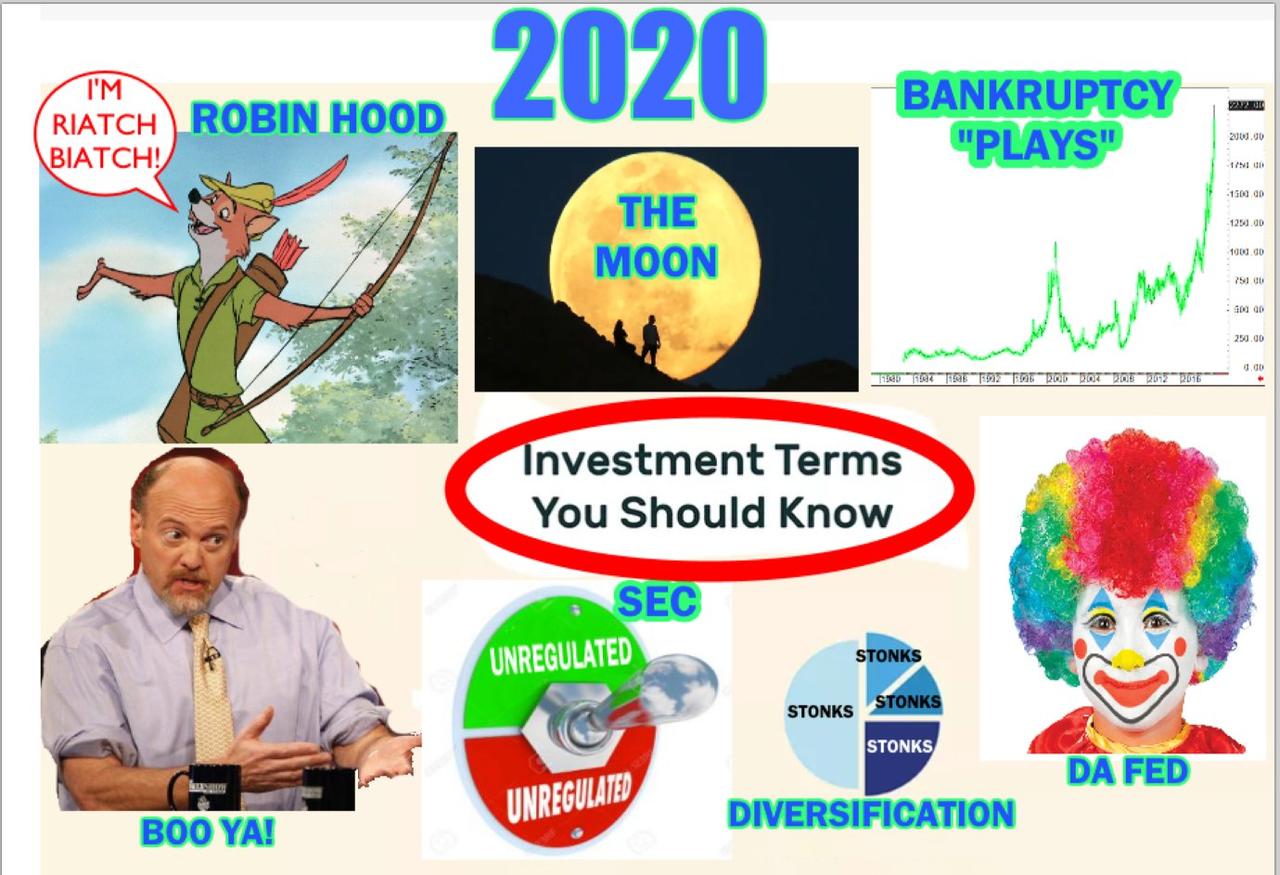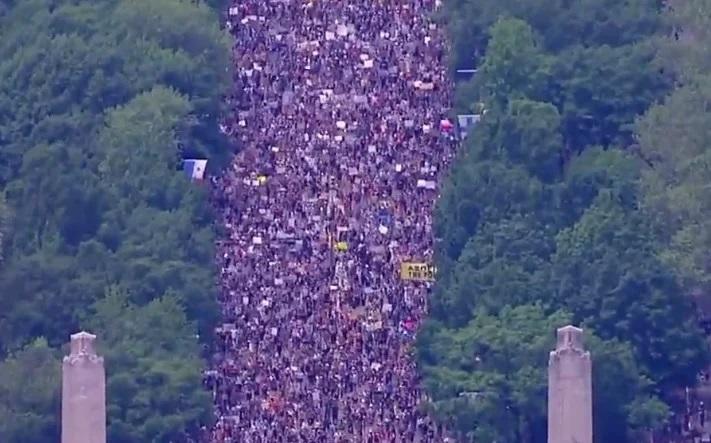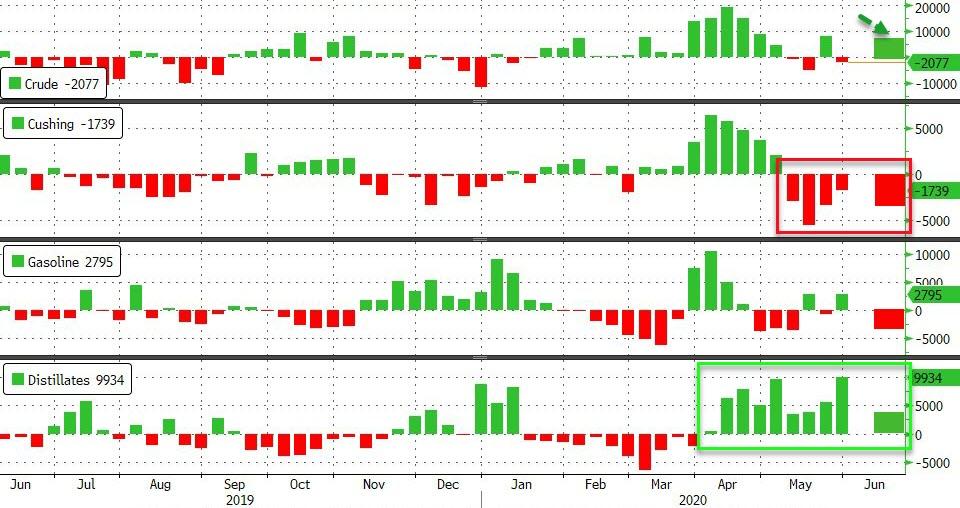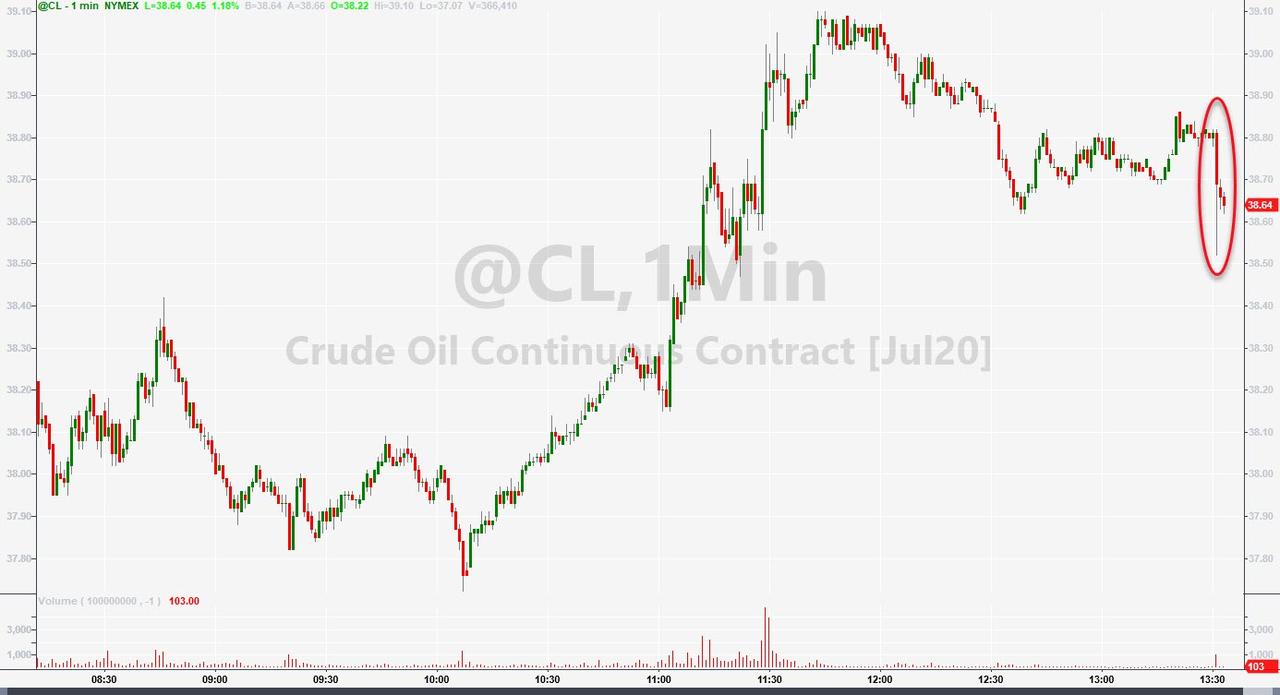Various cities are painting “Black Lives Matter,” “End Racism Now,” and similar messages on city streets. Does that create a “public forum” where everyone would have the same right to do so?
No. In Pleasant Grove City v. Summum (2009), the Court recognized that a city is free to put up certain monuments in its parks—and to accept selected monuments from private groups—without having to put up or accept other monuments. Such monuments are government speech, and the government is free to discriminate based on viewpoint in choosing what messages to affirmatively promote this way:
A government entity has the right to “speak for itself.” “[I]t is entitled to say what it wishes,” and to select the views that it wants to express.
In the words of Rust v. Sullivan (1991), on which Pleasant Grove relied,
When Congress established a National Endowment for Democracy to encourage other countries to adopt democratic principles, it was not constitutionally required to fund a program to encourage competing lines of political philosophy such as communism and fascism.
And that’s true of all viewpoints that the government chooses to express, however controversial or uncontroversial.
Now when it comes to private speech that merely uses the streets, sidewalks, or parks (rather than seeking to erect permanent or semipermanent structures there), the government must indeed allow all viewpoints and indeed speech of all kinds of content (setting aside the traditionally recognized exceptions, such as true threats). “Granting waivers to favored speakers (or, more precisely, denying them to disfavored speakers) would of course be unconstitutional,” and may be declared so whenever “a pattern of unlawful favoritism appears.” (Thomas v. Chicago Park Dist. (2000).) For a good example of that, see Hoye v. City of Oakland (9th Cir. 2011), which held unconstitutional a city policy restricting speech on city sidewalks around abortion clinics; the policy was ostensibly content-neutral, but the court found that the city enforced it in an unconstitutionally content-based way:
The City’s policy of distinguishing between speech that facilitates access to clinics and speech that discourages access is not content-neutral…. “[T]he fundamental principle behind content analysis is that government may not grant the use of a forum to people whose views it finds acceptable, but deny use to those wishing to express less favored or more controversial views.” … To distinguish between speech facilitating access and speech that discourages access is necessarily to distinguish on the basis of substantive content. Asking a woman “May I help you into the clinic?” facilitates access; “May I talk to you about alternatives to abortion?” discourages it. Telling a woman, “It’s your right to have an abortion!” facilitates access; telling her, “If you have an abortion, you will regret it!” discourages it.
Here, the City has conceded, both at oral argument and through Captain Toribio’s deposition, that its policy is to permit speech on one side of a controversial public debate, but not on the other. The City’s implementation and enforcement of the Ordinance is therefore indubitably content-based.
But when it comes to the government’s own speech, the government can pick and choose what to say. And that includes permanent or semipermanent items on sidewalks, on streets, or in parks, such as monuments, plaques, street signs (including for streets that have ideologically laden names), traffic control signs, electronic message signs put up by the Transportation Department, or ideological messages written on the pavement.
from Latest – Reason.com https://ift.tt/2AYVWvZ
via IFTTT







